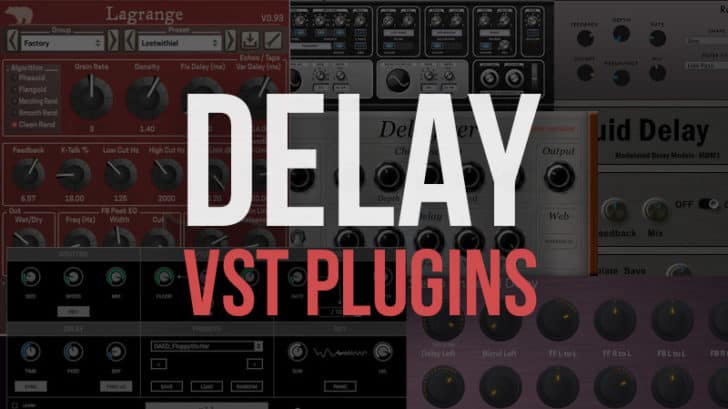
However, you may need to select the 48kHz option several times as the drop-down menu keeps flickering back to the default value. Other users said that changing the project sample rate to 48kHz and setting the speakers’ format to 48kHz worked for them. However, 1024 may be fine for mixing but won’t help you when it comes to tracking or inputting MIDI. For example, a number of users confirmed that increasing the I/O buffer size to 1024 seemed to alleviate the problem. Play around with your software settings as well. Maybe the software is incompatible with your current macOS version. Test Dorico, FL Studio, Sibelius, Logic Pro, and other digital audio workstations and check if you notice any differences. For example, if you use mainly GarageBand, check if the cracking, popping, and pulsating sounds occur on other tools.

Try rolling back to a previous macOS version and check if the audio issue is gone.

#Fl studio keys doing wrong command how to
How to Fix MacBook Pro Speakers Making Weird Noises Roll Back Your macOS Versionĭid the latest macOS update break your speakers? Maybe there’s nothing wrong with your hardware after all. Use a Different Audio or Music Software.How to Fix MacBook Pro Speakers Making Weird Noises.


 0 kommentar(er)
0 kommentar(er)
